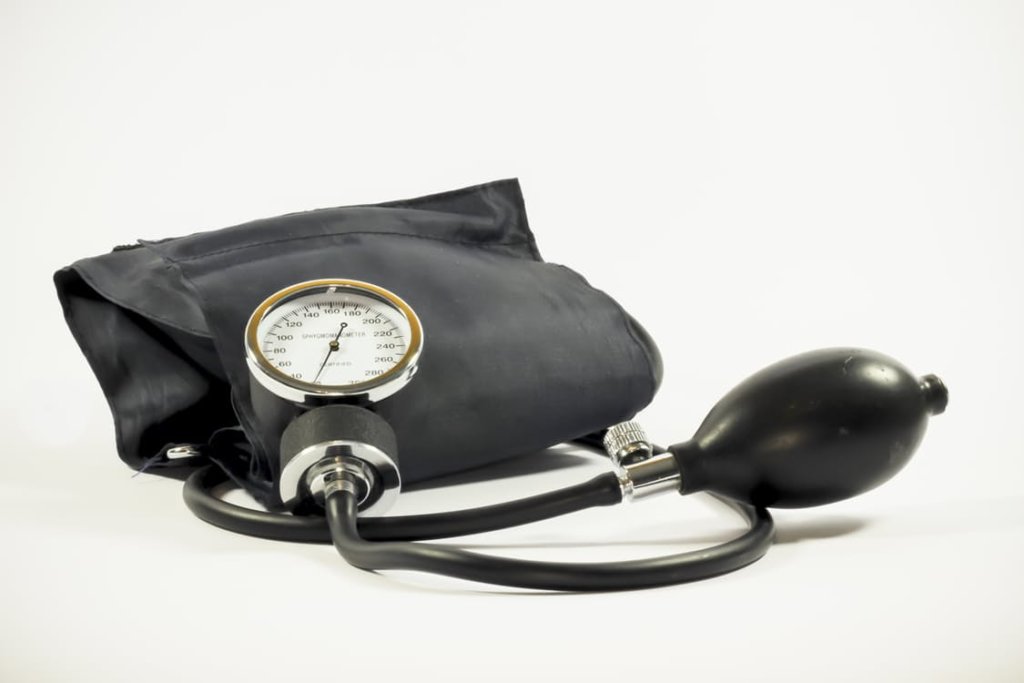Can light physical activity improve our health?
 You may not be able to mow the lawn, but you can sweep the floor
You may not be able to mow the lawn, but you can sweep the floor
The health benefits of regularly performing moderate to vigorous physical activity (MVPA) are well researched and acknowledged, but what about the impact of light physical activity on our well-being? Does daily movement, such as doing the dishes, gardening and short duration walking, have any sizable influence on our health?
A small but growing body of research, including two recently published studies in the journal JAMA Network Open, suggest this may be the case. In one study, nearly 6,000 women age 65 and older were asked to wear a hip accelerometer (a device that tracks your movement) over a seven-day period to collect data on the number of minutes they engaged in light physical activity (PA). Researchers then tracked rates of coronary heart disease (CHD) and cardiovascular disease (CVD) in participants over a five-year follow-up period. Light PA was found to have a statistically significant effect on reducing CHD and CVD, even after accounting for sociodemographic, health behavior and health status differences, as well as variations in MVPA rates. Those participants who engaged in greater than five and a half hours a day of light PA were found to reduce their risk of CHD by 42 percent and CVD by 22 percent compared with participants who engaged in less than four hours of light PA a day.
A second study compared rates of light physical activity with cerebral function using magnetic resonance imaging (MRI) to measure brain volume. A decrease in brain volume—or brain atrophy—is part of the natural aging process, but too much loss can be harmful to our cognition. This study again used an accelerometer to track light PA in over 2,300 participants, male and female, with a mean age of 53, and compared rates of light PA with brain volume measurements. Light PA was again found to have a statistically significant impact on preventing brain atrophy, even after adjusting for sociodemographic, health behavior, health status and MVPA differences. Statistical modeling found that every additional hour of light PA per day was linked to a higher brain volume, analogous to about one to two years less brain aging.
This research is important to consider for a few reasons. Older adults who may not be able to perform the recommended 150 minutes a week of MVPA could still improve their health by integrating more frequent light physical activity into their day and avoiding prolonged sedentary behavior. For example, although mowing the entire lawn or deep scrubbing a bath tub may be more than a senior can manage, lighter tasks such as pruning a bush or sweeping a floor may be manageable. In other words, continuing to move and do as much as you are safely able to could still have a productive influence on your health.
Another consideration is the modern workplace, which often involves sitting at a computer for an extended period of time. Although incorporating MVPA into a work day may not always be possible, it is easy to take periodic breaks to fill a water bottle, go to the bathroom or stand up and take a quick standing stretch or lap around the building.
Screen time in general, not only in the workplace, has become an increasingly pervasive part of our daily lives, making it even more difficult to avoid prolonged inactivity. Have you ever sat down to check “one thing” on the internet only to find that several minutes, or even hours, have gone by without changing your position? An easy way to begin cutting back on your screen time is to set a timer when you sit down. You may be surprised at how quickly 20-30 minutes can pass by when you are in front of a screen.
Other behavioral choices outside of the home and work environment can add up as well. Instead of driving around a parking lot 10 times in order to find the closest spot to the entrance, try intentionally parking a distance away in order to make yourself take extra steps. When given the option of stairs or the elevator, choose the stairs.
Behavioral changes take time, so start small and be patient. With practice, your body will most likely start to crave those light but more frequent doses of physical activity. By inviting a more mindful approach to your daily movement habits you can take an easy and tangible step towards improving your health.
Laurel Lakey works as a Physical Therapist Assistant at Dee Physical Therapy in Shelburne and lives in Charlotte with her husband, dog, chickens and flock of sheep. You can contact her with comments or questions by email.
